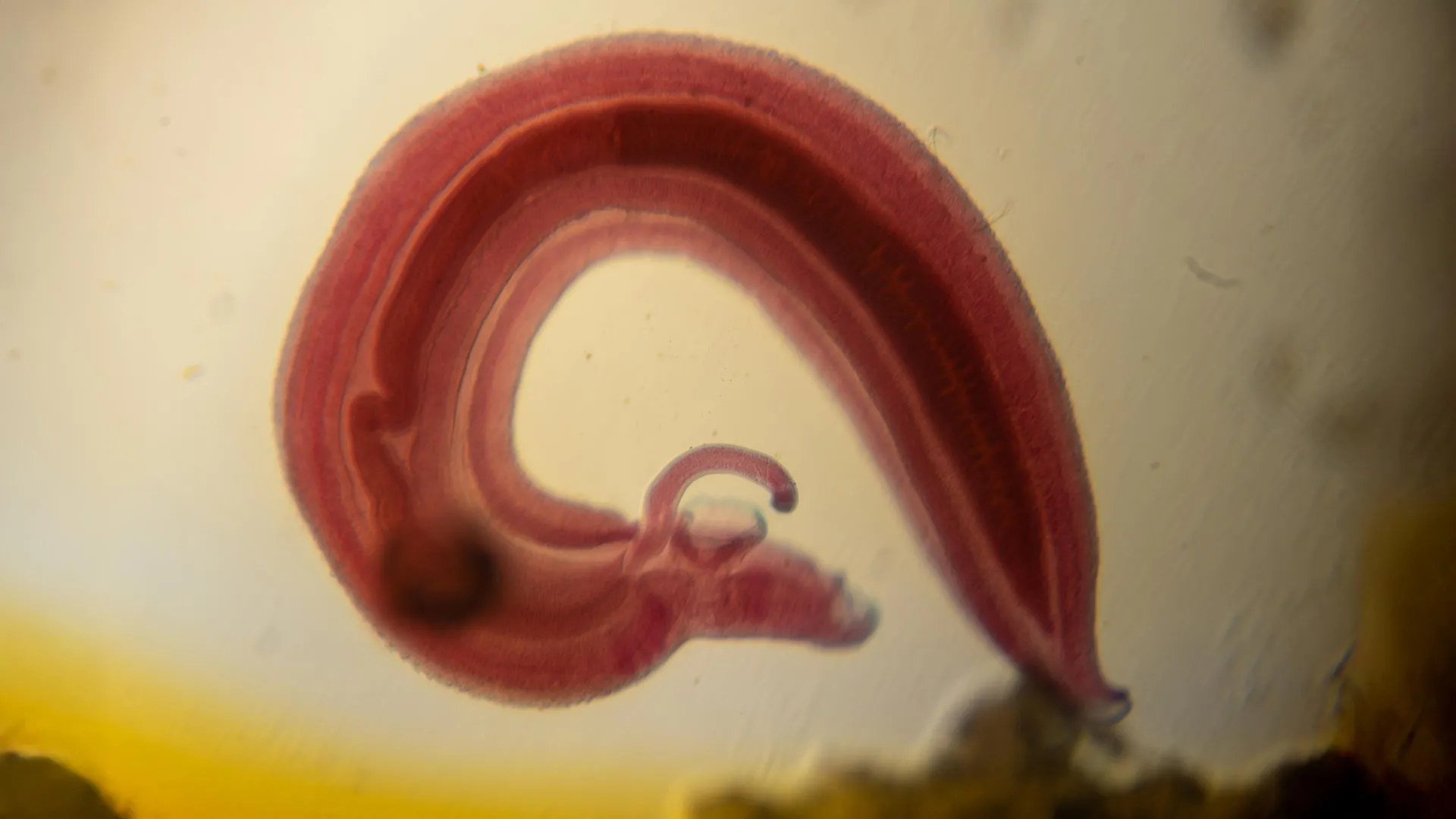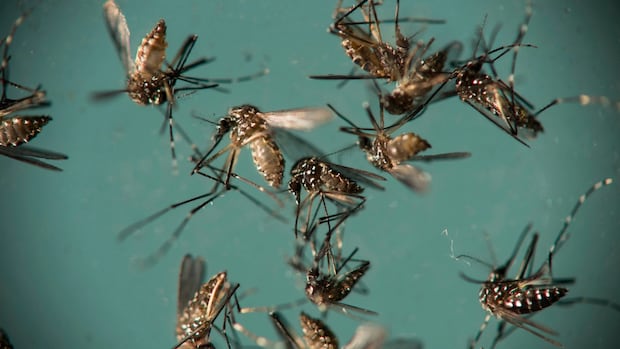Bizarre Mutated Rabbits Spotted in Colorado: What’s Causing This Shocking Transformation?

Imagine strolling through a picturesque park when suddenly, a rabbit hops by with grotesque horns sprouting from its head—this is becoming a reality in Colorado. In a shocking turn of events, sightings of mutated rabbits have been on the rise, leaving residents both horrified and fascinated. These extraordinary creatures, with their unsettling black, tentacle-like growths, are the result of a bizarre virus known as the cottontail papilloma virus (CRPV), or as some have dubbed it, the Shope papilloma virus.
The first reports emerged from Fort Collins in 2024, when a local resident shared a photo of one of these peculiar rabbits online, showcasing its entire head enveloped in dark, protruding tendrils. Susan Mansfield, a resident of the city, recounted her own encounter with a rabbit displaying 'black quills or black toothpicks sticking out all around its mouth.' She expressed disbelief that this creature survived not just one winter, but returned with even more pronounced growths the following year.
The CRPV is known for causing tumors on or near a rabbit's head, leading to these bizarre transformations. Wildlife officials from Colorado Parks and Wildlife (CPW) are urging the public to maintain a safe distance from these infected rabbits, emphasizing that while the virus is alarming, it does not pose a threat to humans or pets. 'Just leave them be,' they advise, as interactions could worsen the animals' conditions.
This unsettling phenomenon is attributed to the virus’s transmission by disease-carrying mosquitoes and ticks, which can infect healthy rabbits, extending the reach of the virus beyond Colorado. The mutated rabbits have predominantly been seen in the Midwest, and scientists warn that other cottontail populations could face similar fates. When a rabbit contracts the virus, it typically first appears as red, raised spots on their skin that evolve into wart-like tumors—what many locals now refer to as 'Frankenstein rabbits.'
While these growths can become serious—possibly leading to squamous cell carcinoma—the tentacle-like protrusions are usually harmless unless they develop near sensitive areas like the eyes or mouth. Some residents have reported observing the same disfigured rabbits for years, raising questions about the long-term effects of the virus. As for pet owners, the best defense against SPV is keeping them away from pests, especially mosquitoes, while veterinarians can remove tumors surgically if necessary.
However, discussions on social media have sparked a moral dilemma: should these rabbits be euthanized for the greater good? Some commenters pondered whether it would be more humane to end their suffering, while wildlife officials maintain that there’s no public health threat. In the end, their advice remains steadfast—observe from a distance and let nature take its course.



























